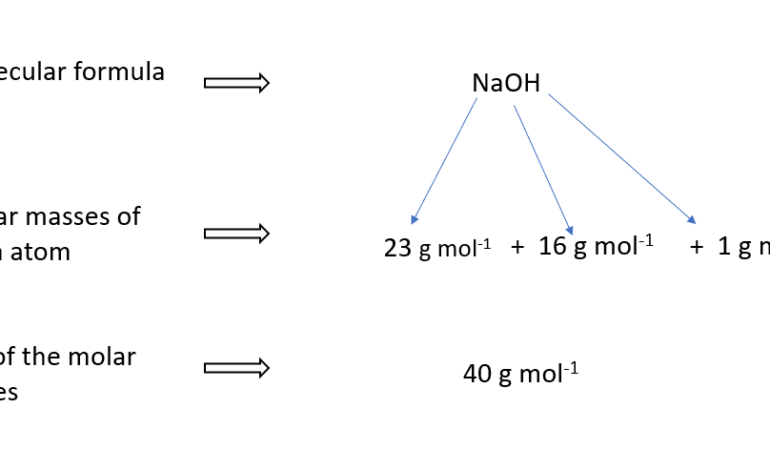Properties of acids and bases
What is an acid?
An acid is a chemical compound that, when dissolved in water, creates the only positively charged ion, hydrogen ions (H+). Acids are frequently described as having a sour taste, as seen by common household acids such as vinegar and lemon juice. Acids and bases are also known to react to generate salts and water.
The pH level of an acid determines its strength. A lower pH suggests a larger concentration of hydrogen ions, indicating a stronger acid. Hydrochloric acid (HCl), for example, has a pH of 1 and is classified as a strong acid, but acetic acid (found in vinegar) has a pH of roughly 2.5 and is classified as a weak acid.
Acids can be found in a wide range of natural and man-made materials, such as fruits, batteries, stomach acid, and industrial chemicals. Numerous acids are also employed in chemical reactions to make fertilizers, polymers, and other items.
Depending on the power of releasing H+ ions in the aqueous media, acids are classed as strong acids and weak acids.
Strong acids
Strong acids are those that release H+ ions through full ionization in aqueous medium. This indicates that all of these acid molecules breakdown into H+ ions and the equivalent negative ions in water. In an aqueous solution of the strong acid hydrochloric acid, for instance, there are only H+ ions and Cl- ions, but no free HCl molecules.
Examples for strong acids
- Hydrochloric acid (HCl)
- Nitric acid (HNO3)
- Sulfuric acid (H2SO4)
- Perchloric acid (HClO4)
- Hydrobromic acid (HBr)
- Hydroiodic acid (HI)
- Chloric acid (HClO3)
How acids ionize in the aqueous medium?
Hydrochloric acid ionize in the aqueous medium
HCl (aq) 🡪 H+ (aq) + Cl– (aq)
Sulphuric acid ionize in the aqueous medium
H2SO4 (aq) 🡪 2H+ (aq) + SO42- (aq)
Nitric acid ionize in the aqueous medium
HNO3 (aq) 🡪 H+ (aq) + NO3 –(aq)
Weak acids
Weak acids are acids that release H+ ions in aqueous media by incomplete or partial ionization. This indicates that only a percentage of such acid molecules get dissociated into H+ ions and related negative ions in aqueous media. In aqueous solution, the unionized molecules remain as molecules.
Examples for weak acids:
- Acetic acid (CH3COOH)
- Carbonic acid (H2CO3)
- Phosphoric acid (H3PO4)
Properties of acids
- Acids are corrosive in nature. Remember the flavor of lime juice. It’s sour. Acids are distinguished by their characteristic sour taste. Caution: Do not taste any of the acids used in the laboratory.
- In the reactivity series, dilute acids react with metals above hydrogen to generate the metal salt and hydrogen gas.
Reaction of magnesium with hydrochloric acid
Mg (s) + 2HCl (aq) MgCl2 (aq) + H2 (g)
- When calcium carbonate was treated with diluted hydrochloric acid to produce carbon dioxide.
Carbon dioxide prepared by calcium carbonate
CaCO3 (s) + 2HCl (aq) CaCl2 (aq) + H2O (l) + CO2 (g)
- Acids are distinguished by the production of carbon dioxide through reaction with carbonates/bicarbonates.
- Acids and bases combine to generate salts and water.
- As a result of the following acid-base reaction, sodium sulphate (Na2SO4) and water are produced.
Acid – base reaction
H2SO4 (aq) + 2NaOH (aq) Na2SO4 (aq) + 2H2O (l)
- Acids cause blue litmus paper to turn red. This is a basic test for identifying acids.
- The majority of acids found in laboratory supply stores are concentrated acids. By combining such concentrated acids with water, dilute acids of the desired concentration can be created. Dilute acids are acids with a low concentration.
Properties of bases
What is a base?
A base is a chemical substance that increases the concentration of hydroxyl ion (OH–) in an aqueous solution. For example, in aqueous solution, sodium hydroxide (NaOH) ionizes as shown below, contributing to an increase in OH– ion concentration.
Strong bases
Strong bases are bases that totally ionize in aqueous solution.
Examples of strong bases
- Sodium hydroxide (NaOH)
- Potassium hydroxide (KOH)
- Calcium hydroxide (Ca(OH)2)
- Barium hydroxide (Ba(OH)2)
- Lithium hydroxide (LiOH)
- Strontium hydroxide (Sr(OH)2)
- Cesium hydroxide (CsOH)
- Rubidium hydroxide (RbOH)
How strong bases ionize in aqueous solution
Sodium hydroxide ionize in aqueous solution
NaOH (aq) 🡪 Na+ (aq) + OH– (aq)
Potassium hydroxide ionize in aqueous solution
KOH (aq) 🡪 K+ (aq) + OH– (aq)
Weak bases
The types of bases that only partially ionize when dissolved in water are referred to as weak bases.
Examples of weak bases
- Ammonia (NH3)
- Ethylamine (C2H5NH2)
- Pyridine (C5H5N)
- Aniline (C6H5NH2)
- Trimethylamine (N(CH3)3)
- Diethylamine (C4H11N)
- Methylamine (CH3NH2)
Properties of bases
- Bases are electron pair donors. They are able to accept protons (H+) from acids to form a salt and water.
- Bases can be corrosive to organic materials such as skin, clothing, and paper.
- Many bases are soluble in water, meaning they can dissolve in water to form an aqueous solution.
- Bases can react with acids to form a salt and water in a chemical reaction called neutralization.
2NaOH (aq) + H2SO4 (aq) Na2SO4 (aq) + 2H2O (l)
- Some common bases include sodium hydroxide (NaOH), calcium hydroxide (Ca(OH)2), and ammonia (NH3). Bases can also be found in many household products, such as soaps, detergents, and antacids.
- Bases can turn red litmus paper blue, which is a common way to test whether a substance is basic or acidic.


